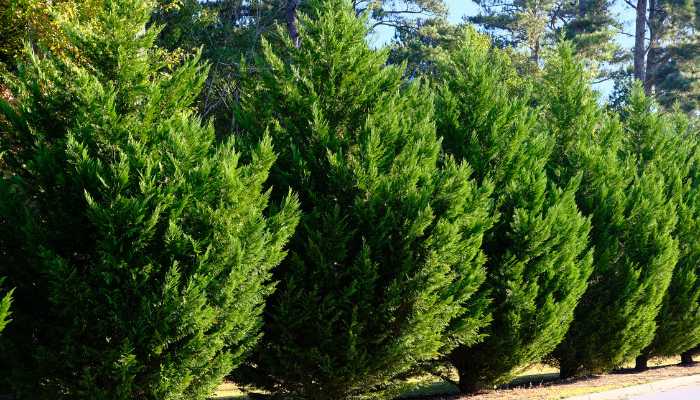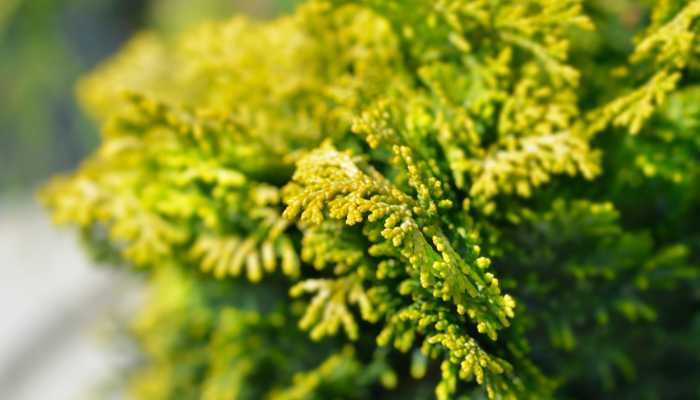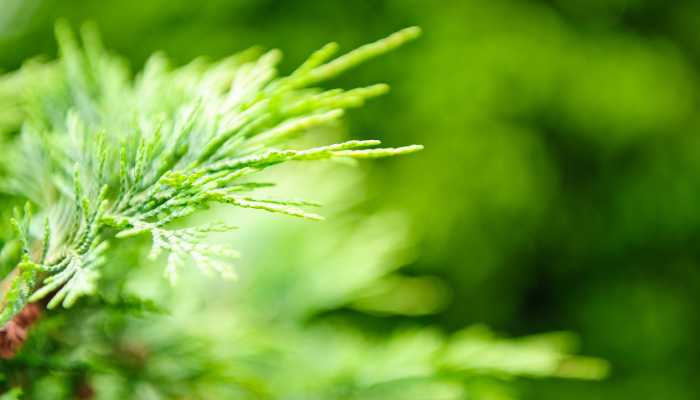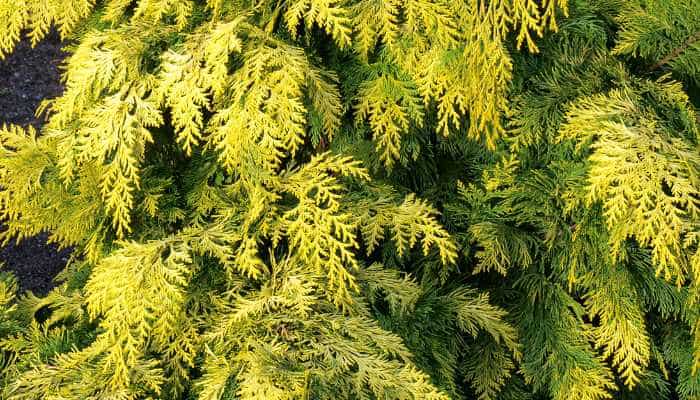Growing and caring for a golden cypress plant can be a rewarding experience for both novice and experienced gardeners. This vibrant, hardy plant adds a splash of golden colour to any garden and requires relatively simple maintenance.
In this article, we will explore everything you need to know about the golden cypress plant, from planting and watering to pruning and pest control. Let’s dive in!
Table of Contents
What is a Golden Cypress Plant?
The golden cypress plant, also known as Chamaecyparis pisifera ‘Golden Mop’, is a popular evergreen shrub known for its striking yellow foliage.
This plant can grow up to 3 feet tall and wide, making it an excellent choice for garden borders, rock gardens, or as a standalone ornamental feature.
The golden cypress is appreciated for its year-round color and its relatively low maintenance needs.

Benefits of Growing Golden Cypress
Growing a golden cypress plant comes with several benefits:
- Aesthetic Appeal: The bright, golden foliage adds a pop of color to any landscape.
- Low Maintenance: Once established, golden cypress requires minimal care.
- Versatility: Suitable for various garden styles, including formal, informal, and Japanese gardens.
- Year-Round Interest: Unlike some plants that only shine in certain seasons, golden cypress looks beautiful throughout the year.
Choosing the Right Location
Choosing the right location for your golden cypress plant is crucial for its health and growth. This plant thrives in full sun to partial shade. It needs at least 6 hours of sunlight daily to maintain its vibrant color. Avoid planting it in full shade as it can lead to dull foliage and weak growth.
Soil Requirements
Golden cypress plants prefer well-draining soil with a slightly acidic to neutral pH (5.5 to 7.0). They do not tolerate waterlogged conditions, which can lead to root rot. Adding organic matter like compost can improve soil structure and drainage. If you’re unsure about your soil’s pH, consider getting it tested and amending it if necessary.

Planting Golden Cypress
When planting your golden cypress, follow these steps:
- Dig a Hole: Dig a hole twice the width and the same depth as the root ball.
- Prepare the Soil: Mix the excavated soil with compost or peat moss.
- Place the Plant: Position the plant in the hole, ensuring the top of the root ball is level with the surrounding soil.
- Backfill and Water: Fill the hole with the soil mixture, gently firming it around the roots. Water thoroughly to settle the soil.
Watering Needs
Golden cypress plants need regular watering, especially during the first year after planting. Keep the soil consistently moist but not waterlogged. Once established, these plants are moderately drought-tolerant but will benefit from occasional deep watering during dry spells.
Fertilizing Golden Cypress
Fertilizing your golden cypress can help promote healthy growth and vibrant color. Use a balanced, slow-release fertilizer in early spring. Follow the package instructions for application rates. Avoid over-fertilizing, as it can lead to excessive growth and weak branches.
Pruning and Shaping
Pruning is essential to maintain the shape and size of your golden cypress. Prune in late winter or early spring before new growth begins. Remove any dead, damaged, or diseased branches. Lightly trim the tips to shape the plant, but avoid heavy pruning, which can damage the foliage and hinder growth.

Pest and Disease Control
Golden cypress plants are generally resistant to pests and diseases. However, they can occasionally be affected by:
- Aphids: These small insects suck sap from the plant, causing yellowing and distorted growth. Control them with insecticidal soap or neem oil.
- Spider Mites: These tiny pests can cause stippling and webbing on the foliage. Regularly spray the plant with water to dislodge them and use miticides if necessary.
- Root Rot: Caused by waterlogged soil, root rot can be prevented by ensuring proper drainage and avoiding overwatering.
Read More
Winter Care
Golden cypress plants are hardy in USDA zones 4-8. In colder regions, provide winter protection by mulching around the base of the plant to insulate the roots. Avoid using salt-based de-icing products near your plant, as they can damage the roots.
Common Problems and Solutions
Yellowing Leaves: This can be caused by overwatering, poor drainage, or nutrient deficiencies. Adjust your watering schedule and ensure proper soil drainage. Test the soil and amend it with compost or a balanced fertilizer if necessary.
Browning Tips: Often a result of drought stress or exposure to strong winds. Ensure the plant is adequately watered and consider providing wind protection.
Slow Growth: Can be due to poor soil conditions or insufficient sunlight. Improve soil quality with organic matter and ensure the plant receives adequate sunlight.
Image | Product Name | Review | Price |
Conclusion
The golden cypress plant is a beautiful and hardy addition to any garden. With its vibrant color and low maintenance requirements, it can enhance your landscape year-round. By following the care tips outlined in this article, you can ensure your golden cypress thrives and adds a touch of golden charm to your garden.
FAQs
How often should I water my golden cypress plant?
Water your golden cypress regularly during the first year after planting to establish its roots. Once established, water deeply during dry spells but avoid waterlogging the soil.
Can I grow a golden cypress plant indoors?
While golden cypress plants are best suited for outdoor gardens, they can be grown indoors in large containers with adequate sunlight and proper drainage.
What is the best time to prune my golden cypress plant?
Prune your golden cypress in late winter or early spring before new growth begins. This helps maintain its shape and remove any dead or damaged branches.
How can I prevent root rot in my golden cypress plant?
Prevent root rot by planting your golden cypress in well-draining soil and avoiding overwatering. Ensure the planting site does not retain excess moisture.
Why are the leaves of my golden cypress turning brown?
Browning leaves can be caused by drought stress or exposure to strong winds. Ensure the plant is adequately watered and consider providing wind protection if necessary.




















